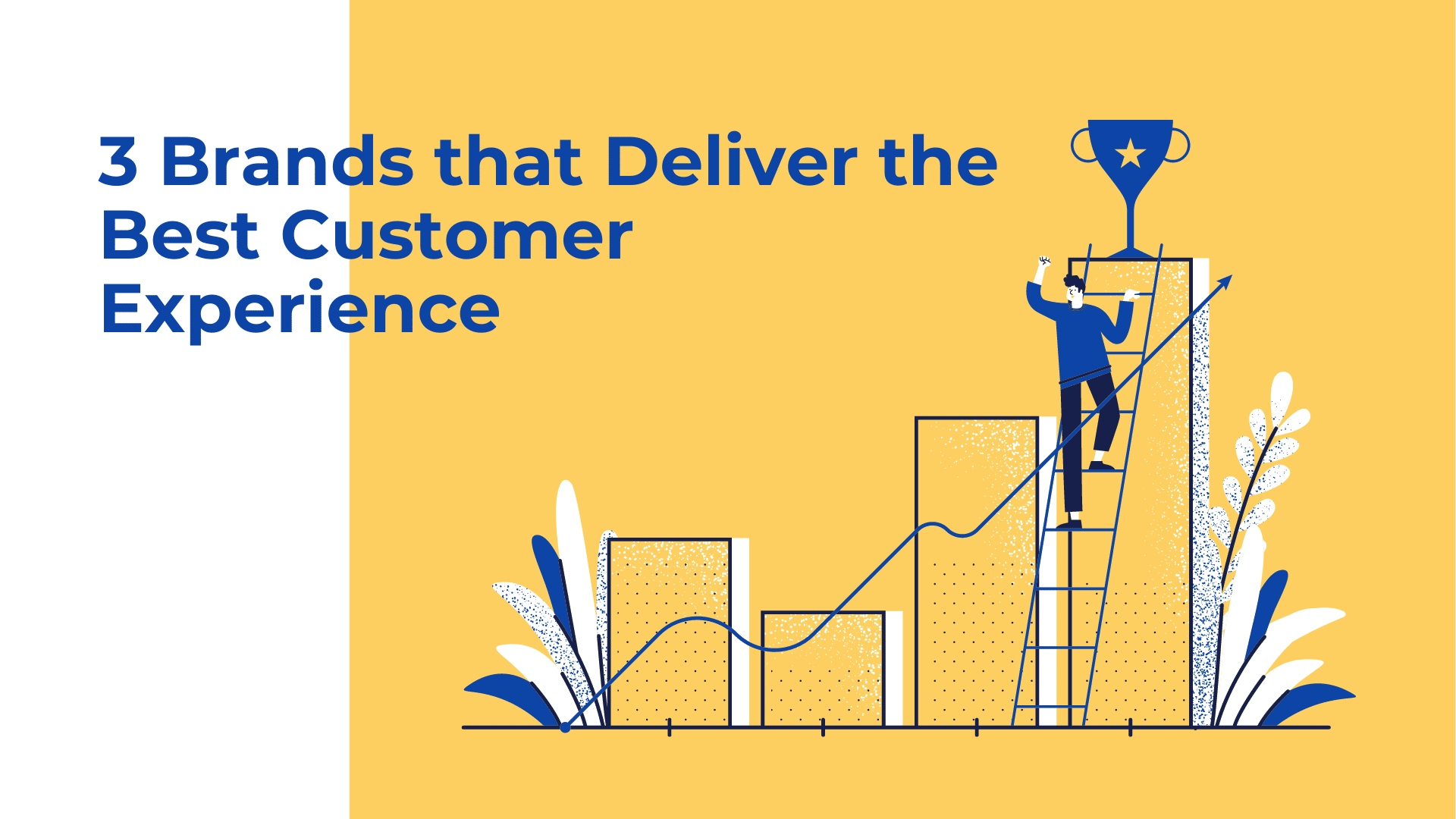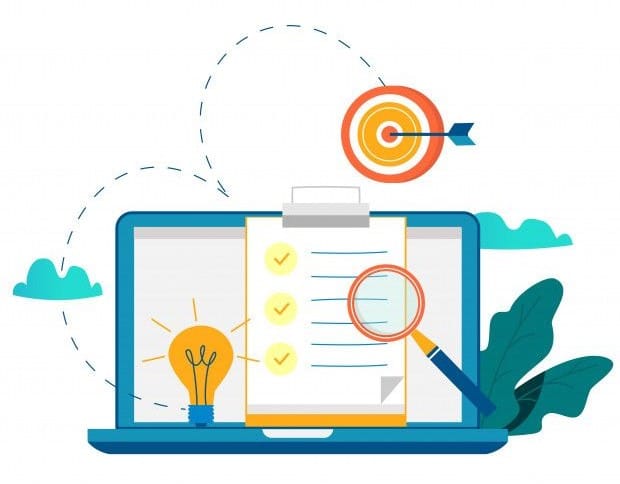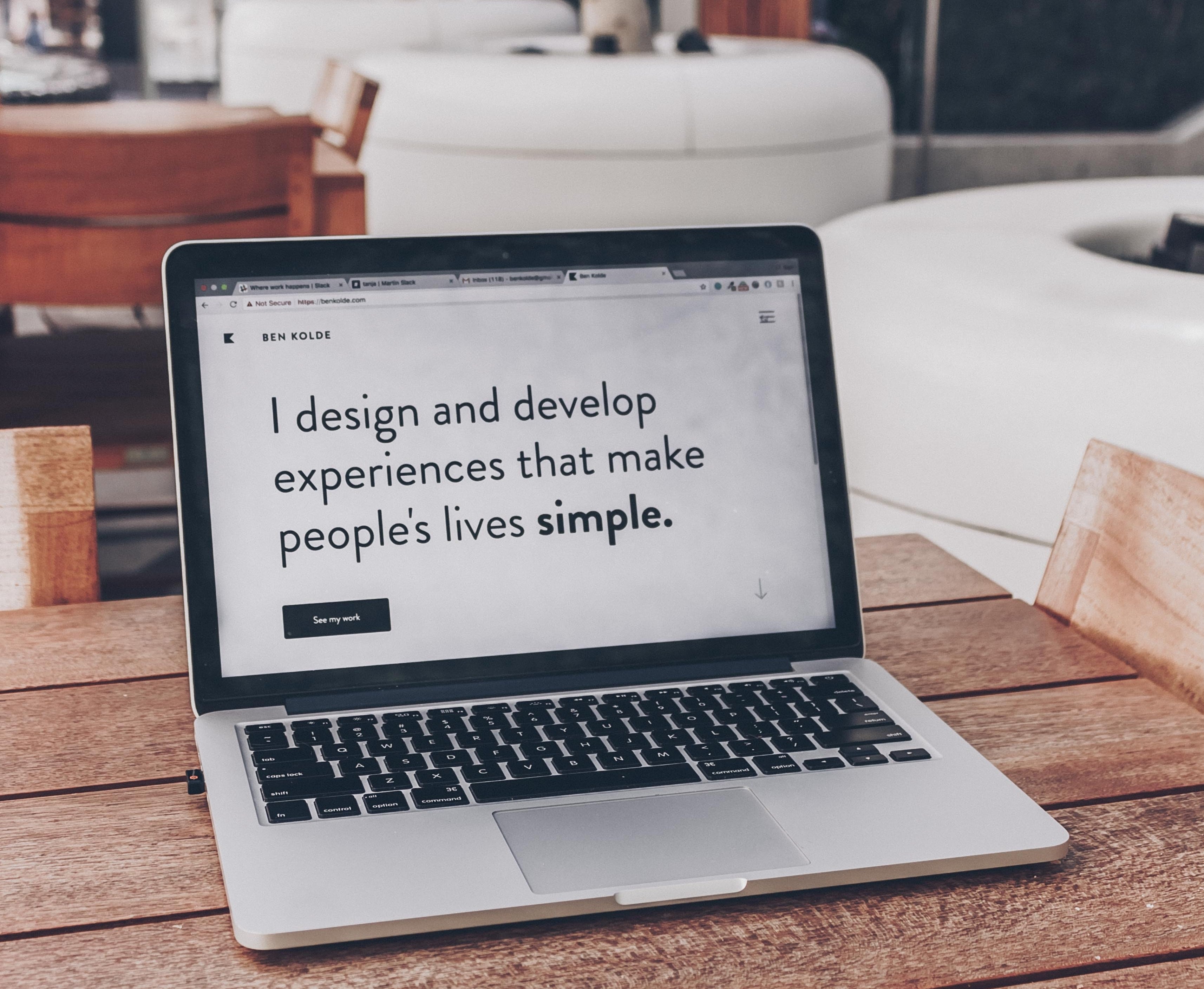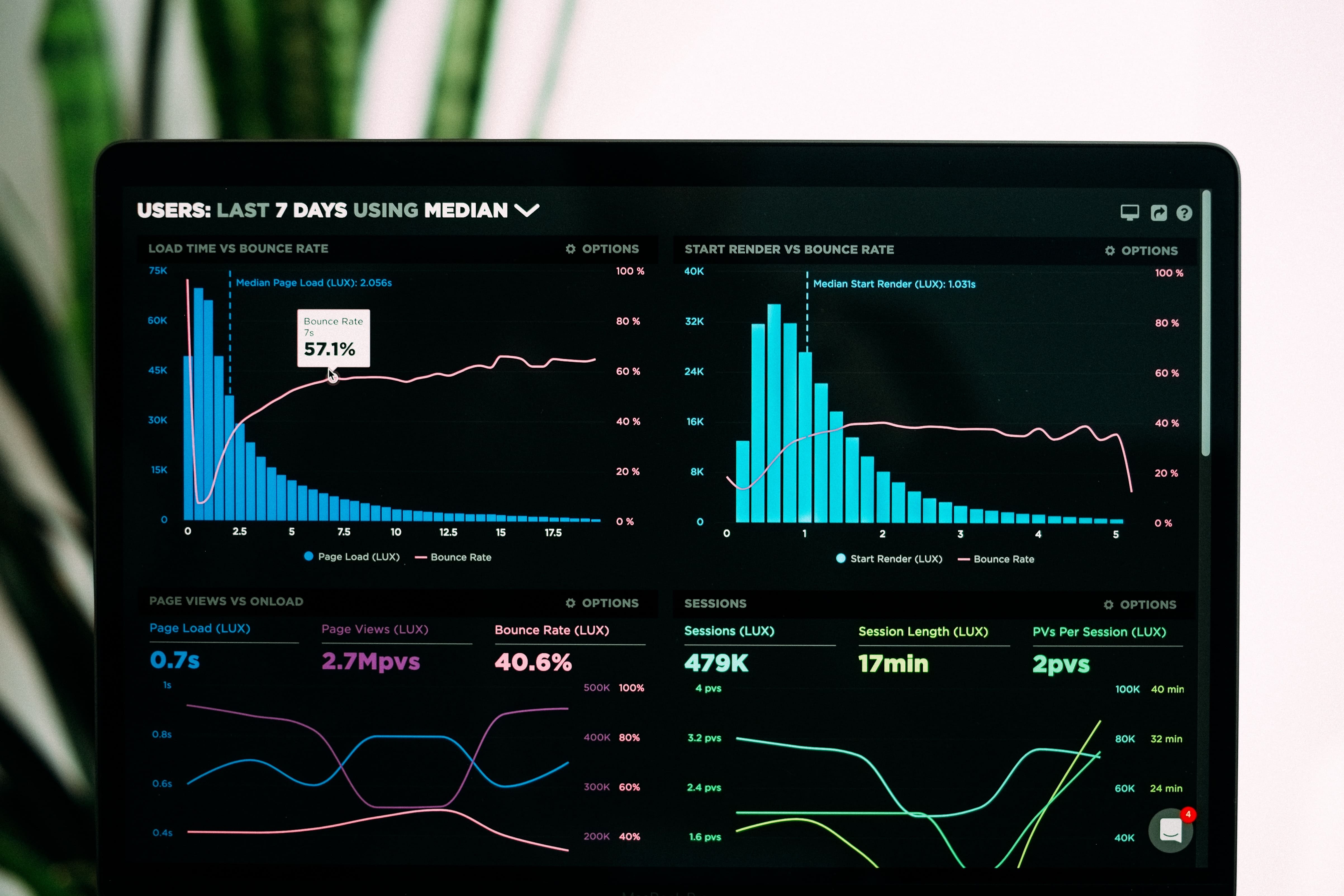3 Brands that Deliver the Best Customer Experience
The e-commerce space has become very competitive and most brands are struggling hard to find a foothold. Under such circumstances, it makes sense to focus on creating the best experience for customers. Wondering why? Well, a good experience can retain customers and easily get you new ones. A poor experience, on the other hand, can cause disengagement and scare away new ones. Offering the best customer experience can go a long way to ensure brand popularity and business growth. What’s more, people are ready to pay more for a better experience.
Top Brands that Offer the Best Customer Experience
Creating a unique and impressive customer experience isn’t new on the block. Yet it is an aspect unexplored by many. The majority of businesses and brands fail to understand the importance of creating an unparalleled experience for their customers. Yet it is the one thing that consumers want. Reports and studies have shown how consumers respond better to personalized experiences. But for those that want to know how some of the top brands in the world do it, here’s a rundown:
Apple
Everyone knows how Apple has retained a loyal customer base over the last many years. That’s despite the high price tag that Apple products are known for. How does Apple do that? Well, the high quality of the products is one reason. But that isn’t all that Apple offers. Apple has been connected to its loyal customer base. The company has been listening to their demands and responding well to their needs.
Take iPhones, for example. They are fast, sleek, and high-end. But what happens when it dies or malfunctions? Customers have to rush to the service center for help. No! That’s not the Apple way. With the Genius Bar on iPhone, experts at Apple solve problems remotely. So, expert help is always at hand, even if the customer is far away from a store.
Disney
Disney isn’t all about pretty princesses and fancy castles. It has built an empire out of its stories and characters and does the best to offer visitors an immersive experience. Disney has been making use of behavioral analytics to deliver on people’s demands. And although being in Disneyland may feel fantastical, a lot of effort and research goes behind it.
Disney has been studying their audience demography since the beginning in 1960. Based on these insights, their staff is thoroughly trained to be the character that they play. From demeanor to accent, from greeting visitors to being the characters – the young women learn it all. Why? Because Disney doesn’t compromise on the experience that visitors look for – a day with their favorite princess or character.
Disney has also responded well to the changing preferences of the newer generation who prefer to be online rather than visit the place physically. Disney has moved beyond the theme-park into the digital world with online games and more.
Netflix
We have spoken about Netflix in the past and why not! They may be new on the block, but they surely know how to prioritize their consumers. Netflix didn’t only change the way users consumed content, but they actively upped their customer experience play.
Netflix actively uses social listening and engages with its audience online to gauge their interests. This OTT platform has seen success even in niche markets. With the help of consumer insights, they were able to gauge what their audience likes and dislikes. In India for example, Netflix saw an opportunity to infiltrate the market with shows in vernacular and casting local actors.
In the past, Netflix has used consumer insights to come up with inventive solutions like “Netflix Socks”.
How Social Listening Can Improve Customer Experience?
It can’t be denied that most famous brands have created brand excellence through customer satisfaction. And there are many ways in which brands can enhance their customer experience. But to know where to start you need to start listening to your customer. In an attempt to do so, brands have been using social listening. As a brand, it is important to know what users are talking about in connection to your brand and competitors as well. This will allow you to understand what your shortcomings are or what you can do to improve the user experience. This will not only please your present customers but also attract new customers.
Customer experience is an important aspect in the current competitive market. Offering the best customer experience is imperative to gain customers and propel business growth. That’s why brands must base their strategies on creating an all-around immersive experience for their customers. This will keep them ahead of their competition and nurture a loyal customer base.










